Media | Articles
Taco Coupe: High schoolers unfolded a Ford into this hot rod racer
Take a look at this coupe. If it looks unpolished, it’s because the hunk of metal has had one heck of a life. With the help of a dozen students, Charlie Hascall, a high-school welding and fabrication teacher in Dayton, Oregon, created this vintage-style drag racer in a single summer from little more than a wad of sheetmetal.
The coupe first came to Hascall’s attention when a friend purchased it for yard art. The car, a Ford from 1933 or 1934, had been burned and bent into a pile of scrap. Everyone else had given up on it; no one even considered the car as a project. Whatever skid steer or tractor had been used to push the burned hulk to its resting place had crumpled the Ford’s original floorboards so much that the rocker panels were touching.
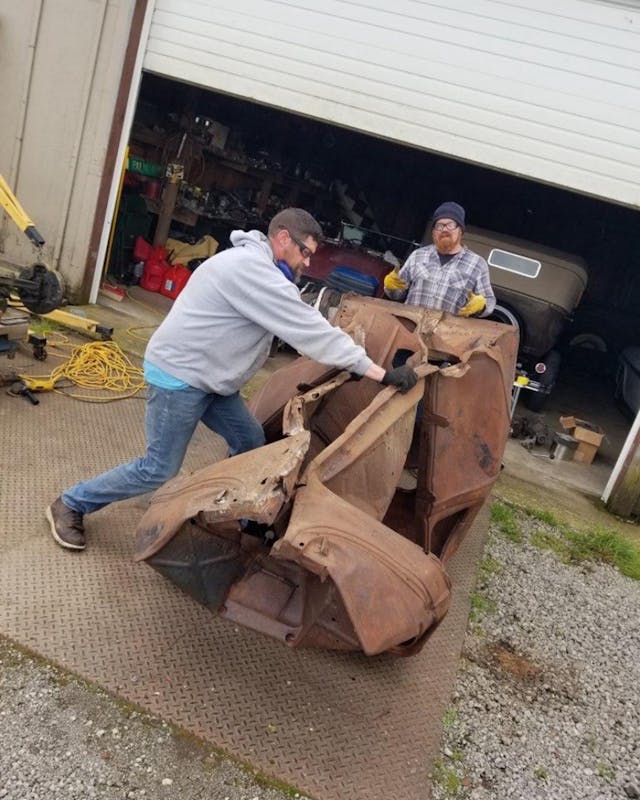
Though Hascall has been a fan of traditional hot rods for decades, he had never owned a ’33 or ’34 Ford coupe—one of the most popular (and most coveted) hot rod foundations. While his friend was pretty intent on keeping the shell of the coupe and displaying it as-is, Hascall stubbornly insisted on a more productive course of action. There were far too many salvageable pieces to keep the rusty hulk lying around the yard. His friend relented and sold Hascall the car.
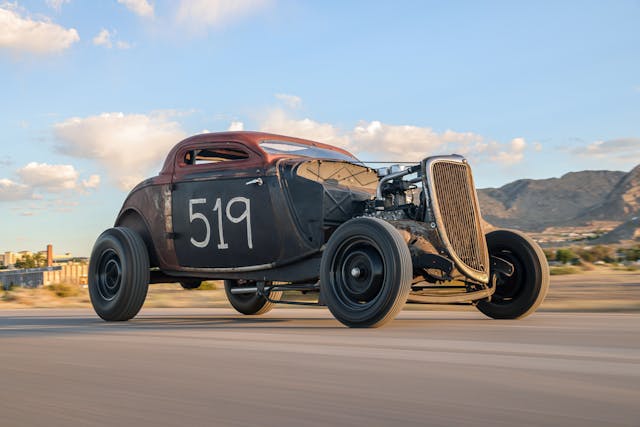
Hascall has taught a welding and metal fabrication class at western Oregon’s Dayton High School for five years. He thought that the car would provide a great lesson on bodywork, allowing him to show the students a practical application of his lessons on cutting and separating spot welds. Like a hunter salvaging the backstraps off a buck that had a run-in with a Peterbilt, Hascall and his students would butcher the car and save the best parts: the B-pillars, firewall, and cowl vent.
With the body shell placed in his classroom, Hascall used a piece of chalk to sketch out some proposed cut lines on the car. Before anyone made a cut, some students began to wonder if the Ford had more potential. Soon, they were asking Hascall if it could be built into a race car. This was in June of 2022, which meant school was almost out for the year, but the idea of resurrecting the car took root. Hascall and five students decided to spend the summer pounding the beat-up panels back into something resembling a car.
Marketplace
Buy and sell classics with confidence
In a matter of weeks, students had cut off the worst of the bashed metal. They used hammers and elbow grease to bang some shape back into them. “The quarters were kind of looking like quarter-panels again,” Hascall said.
Hascall drove south to visit the Pomona Swap Meet and scour the sprawling asphalt bazaar for original parts to complete the project by summer’s end. He was able to secure a frame, a grille, and a trunk lid. He also caught leads on roof pieces, that happened to be located in Oregon, from a two-door sedan of the same vintage.
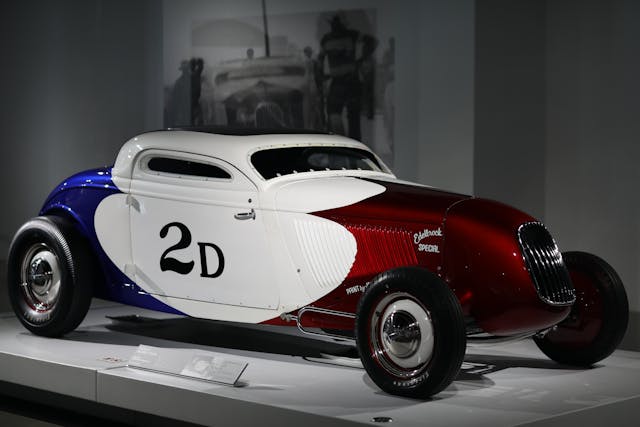
Hascall and his students worked on the car the entire summer, putting in hours of reconstruction work each day, even on weekends. By the time school started in September, the car was all together and they’d chopped the roof. The group took inspiration for their build from the Pierson Brothers coupe, a radically chopped two-door of hot rod and vintage land-speed-racing legend.
Echoing its iconic influence, the Taco Coupe’s windshield was raked back dramatically to meet a much shorter roof, itself cut down at the B-pillars. In the case of the Pierson Brothers coupe, the chop helped optimize aerodynamics by reducing the racer’s frontal area and reducing drag. (Less drag means more speed!) In addition to giving the Taco Coupe a proper land-speed look, the aggressive chop had practical roots: “We didn’t have enough metal to make the roof any taller anyway,” Hascall admitted.
During the build, Hascall became friends with Tommy Secora, who brought the long-lost Omaha Coupe back to life. Since the Omaha Coupe was also inspired by the Pierson Brothers coupe, the two talked about the best way to give the car the proper look of a late-’40s hot rod.
In-progress photos of the car began to spread on social media. In early October 2022, Hascall got a call from Mel Stultz, organizer of The Race of Gentlemen (TROG)—a traditional hot rod and motorcycle event focused on heads-up racing. Typically held on the shores of Wildwood, New Jersey, TROG’s 2022 event was canceled after a storm surge flooded the beach. To fill in for the canceled festivities, Stultz organized the Flabob Airstrip Drags in Riverside, California.
With just over two months to go until the event, Stultz invited the Taco Coupe to be a guest of honor. Hascall was thrilled at the opportunity, but the timing seemed tight. There was still so much to do on the car, and neither Hascall nor the students were willing to compromise their vision: a hot rodded ’33 or ’34 Ford as it would have been built after World War II.
The coupe still needed an engine, but Hascall had an ace up his sleeve. Years ago he had purchased a 286-cubic-inch, 24-stud flathead V-8 topped by Offy heads, a Thickstun PM7 intake, and a pair of Stromberg carburetors—performance goodies from brands trusted by any hot rodder. The engine has a racing pedigree, and its lumpy camshaft speaks to that history.
Like every other aspect of the build, the engine proved an object lesson for the students: Hascall taught them the fundamentals of how the flathead engine design works. Theirs is still running a points distributor—an old-fashioned way to provide spark to the fuel-air mixture in each cylinder—so the students learned how to sand the points and use a feeler gauge to set the gap. Hascall and his students even made the headers—the beginning of the exhaust system, where it sprouts from the engine block—for the car.
Hascall wasn’t about to go to The Race of Gentleman without his students. He had always funded the car’s parts himself, but he couldn’t pay for all the students’ travel expenses. Hascall and his fabrication students got some help by enlisting students from the high school’s business class to draft a business plan to help pay for the trip by selling shirts, hats, and other merchandise featuring a logo of their own design. The school and community rallied behind the idea, loaning the students the money required to make the trip to Riverside.
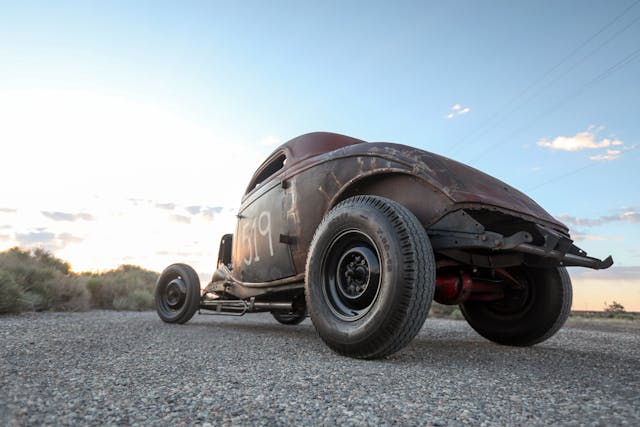
The first week of December, in the same calendar year that Hascall and his students had started building the car, the kids flew to southern California while Hascall trailered the car down. Three chaperones and 10 students—five from Hascall’s fabrication class, and five from the business class—attended the races in which the car participated. The Taco Coupe was a hit, drawing a crowd and winning five of the six rounds of racing in which it ran. The punchy flathead was doing its job, and Hascall seemed to have the knack for driving it, but the car sheared an axle key on its last pass. That put an end to what was otherwise a winning outing.
The Riverside event was a big success and, thanks to the sale of their merch, the students recouped the cost of the trip and paid back their loan.
“The kids were just in heaven. They didn’t understand that it would be that popular.” —Charlie Hascall
When they began helping out on the project, most of the students didn’t even drive. Now, some of them have some seat time with the Taco Coupe, though not in competition: “They got a real feel for how cars were before there were rubber bushings,” Hascall said. When they got their hands on the old parts for the first time, things were gritty, stuck, and corroded. Now that everything is properly reassembled, the Taco Coupe is working great and just needs regular lubrication and maintenance.
Racing the coupe is a bit of a challenge, although by the time we met Hascall at Speed Week 2023 he seemed to have it down pat. With such a gutsy engine and a low rear-axle gear, the car doesn’t have trouble leaving the line. “I try to hardly use first gear,” Hascall said. “It has so much power [the car] will wheel-hop.” Shifting into second gear, Hascall slips the clutch a bit and then just floors the gas, and the eager flathead hits third gear by the time the eighth-mile race is over, running in the high 60s (mph) on the dirt. “We were sidewinding the whole way, and I never let up,” Hascall said of the car’s race performance.
The 48-inch hairpins, which Hascall bought at the swap meet at the RPM Nationals, give the original Dago front axle nine degrees of caster without having to drop it too far. Hascall notes that the Ford can “feel like a funny car if you hit a bump at low speed,” although compared to Hascall’s other Ford hot rod, the Taco Coupe is a bit heavier and also has a longer wheelbase, so it’s also a bit more stable.
Three of the students who worked on the Taco Coupe have since graduated high school. Some of them hope the car will stay as-is, but Hascall tells us he might smooth out some of the wrinkles or perhaps give the Ford a traditional-looking paint job.
There’s also one more modification that Hascall is considering that wouldn’t alter the car’s looks too much: “I’d like to see the car get a quick-change [rear end],” Hascall said. The gearing is set up for eighth-mile racing, and he’d like to be able to dial in the car with the gears and the tire size to get the best performance at the track with the flexibility to easily swap gears for the street.
Hascall saw potential where others saw folded-up junk. But it was his students who dreamed big and envisioned an entire car. Because the school board and community had faith in the project, the Taco Coupe became not only a lesson in hands-on tech and hot-rodding history but also an exercise in business and marketing. Our hats are off to Hascall and the many students who put their hard work into this kick-ass project. Hopefully, the Taco Coupe and its story can inspire future educators to get their students’ hands dirty. Oftentimes, that’s what it takes to bring history back to life.
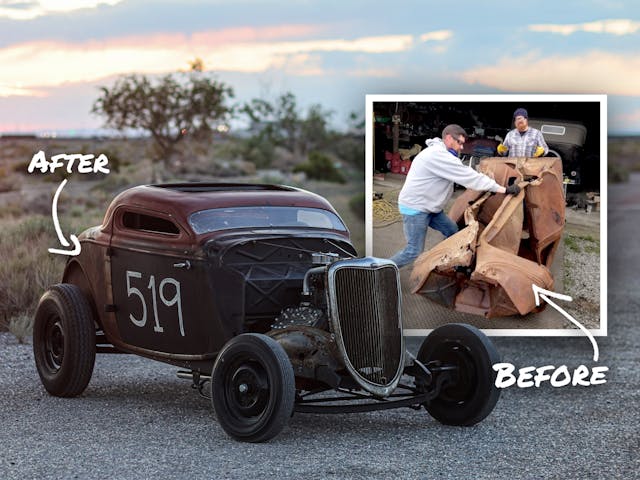
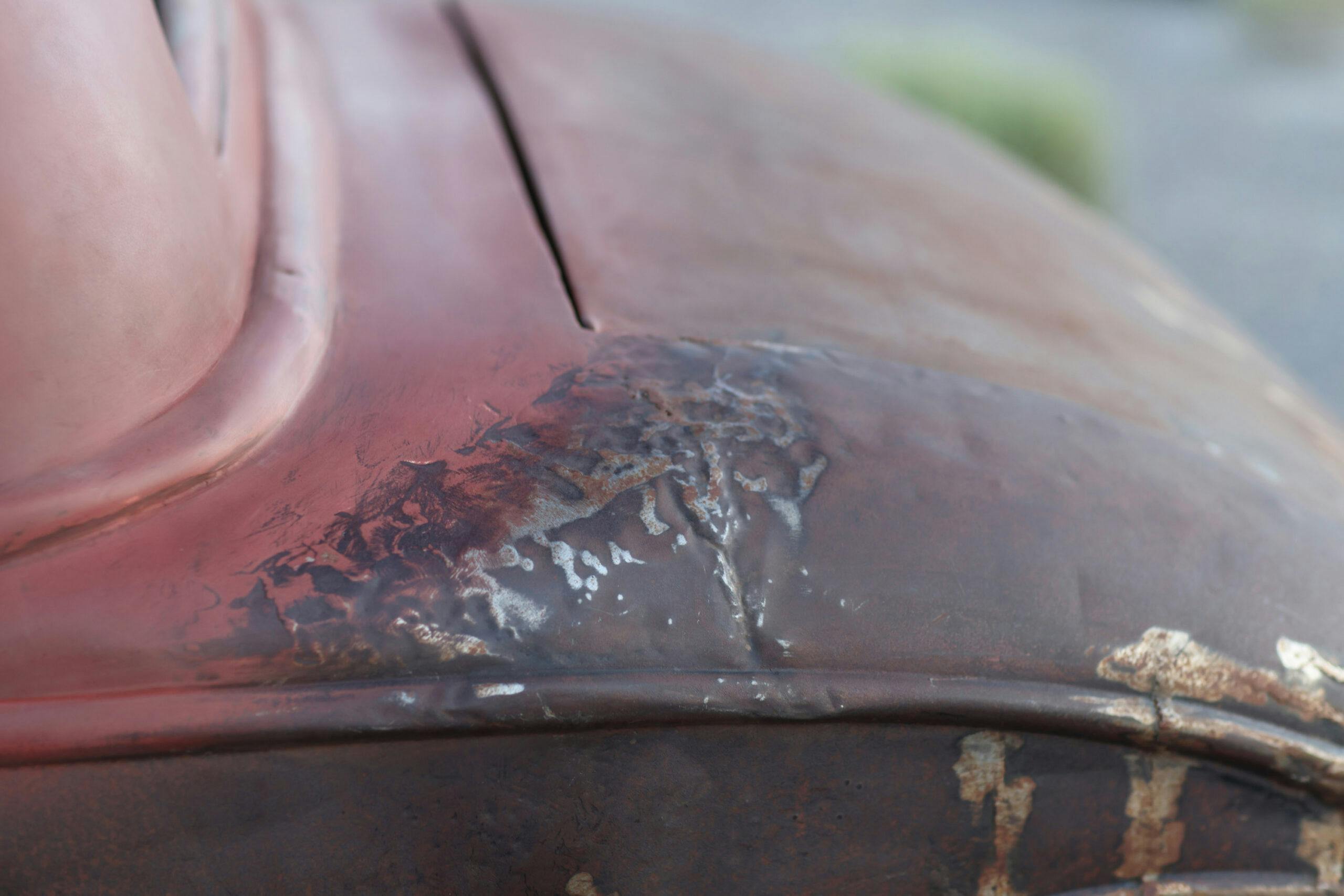
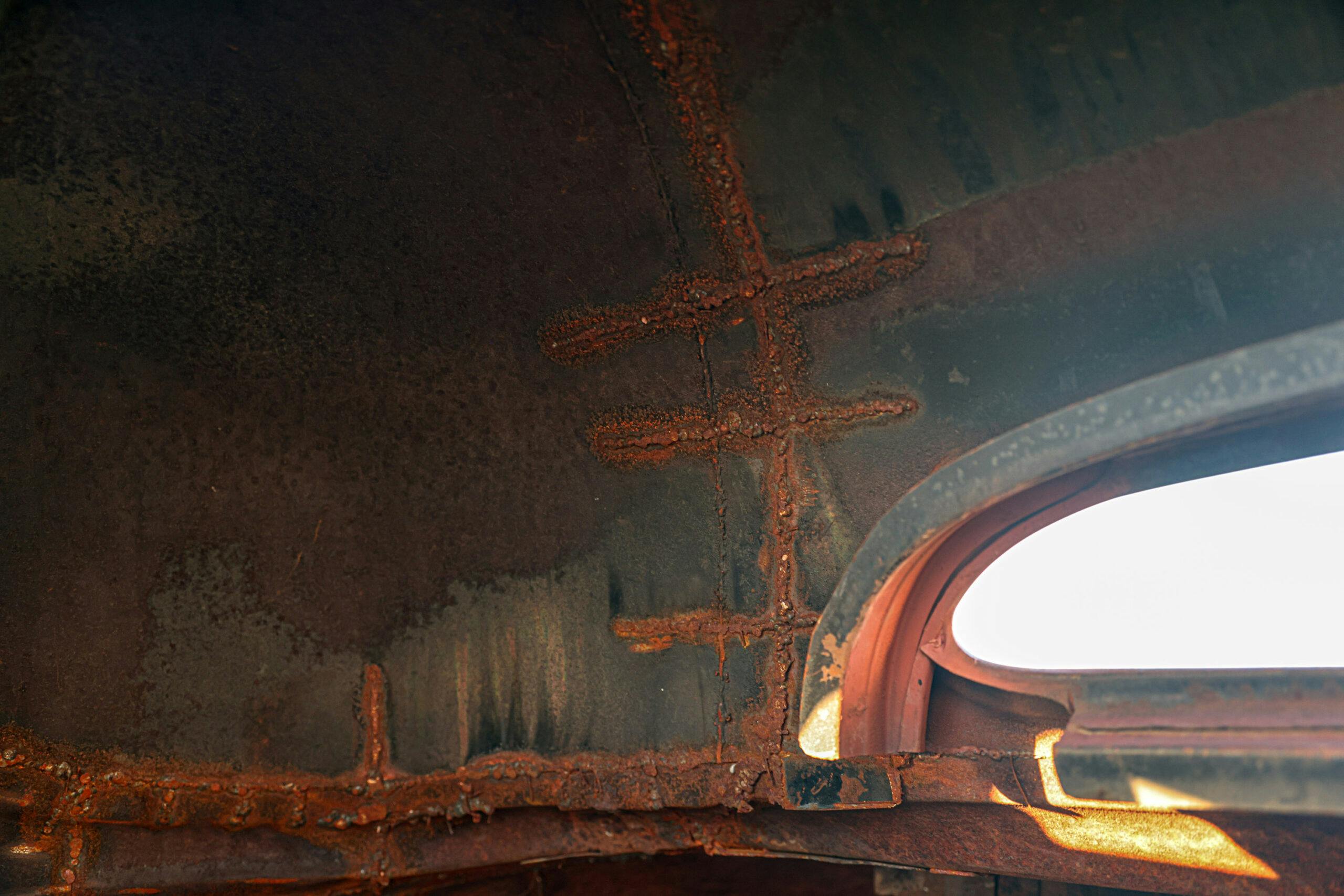
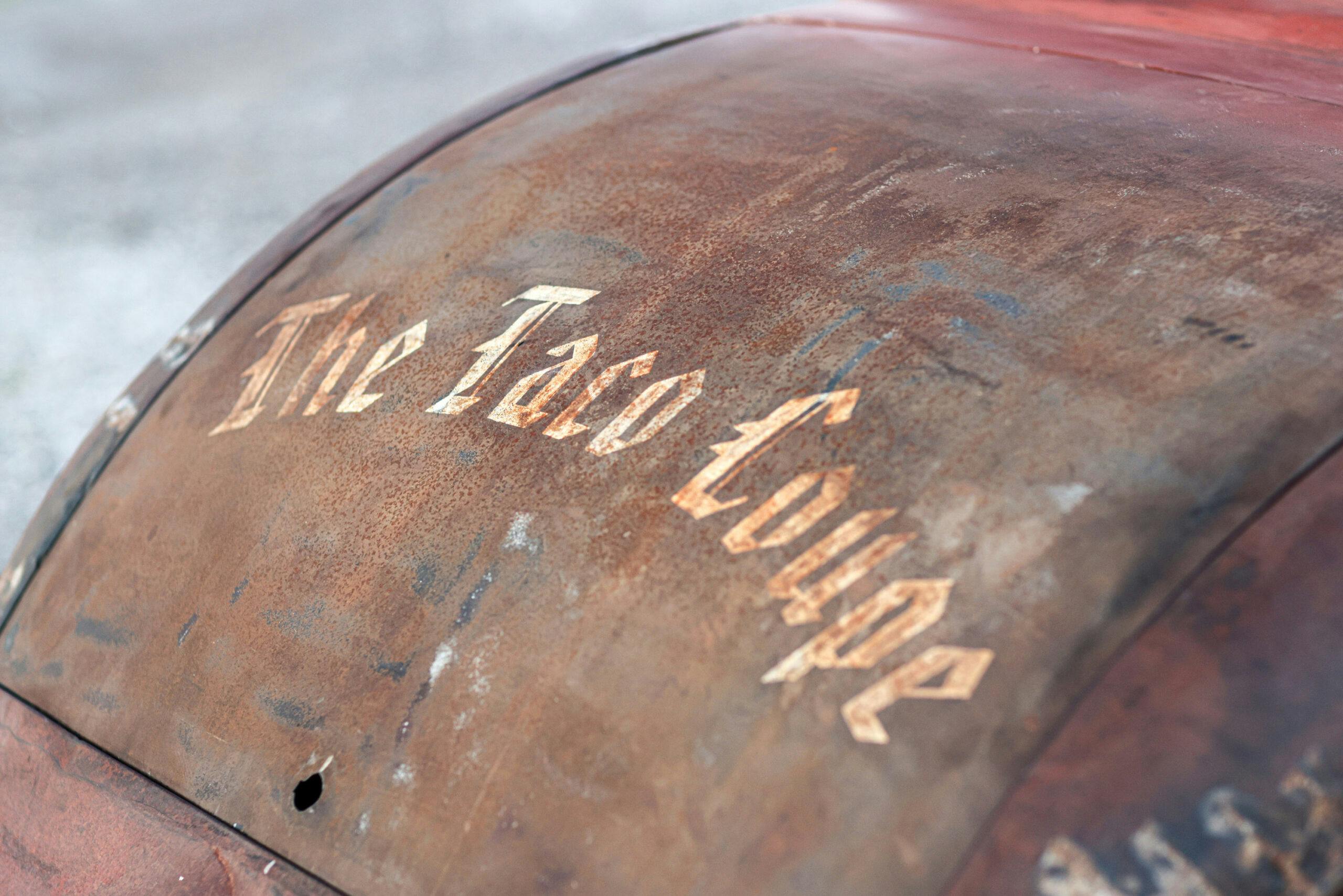


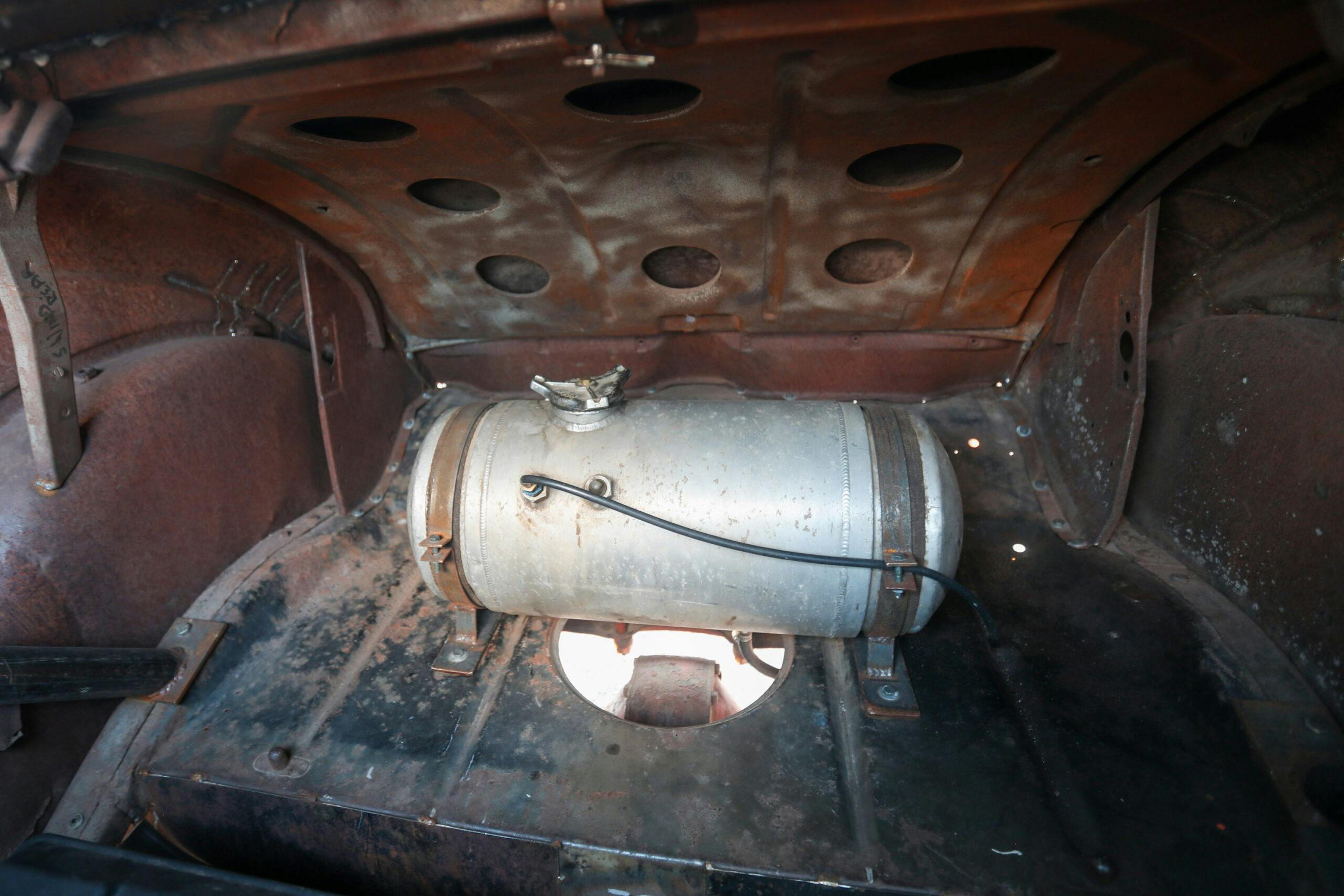
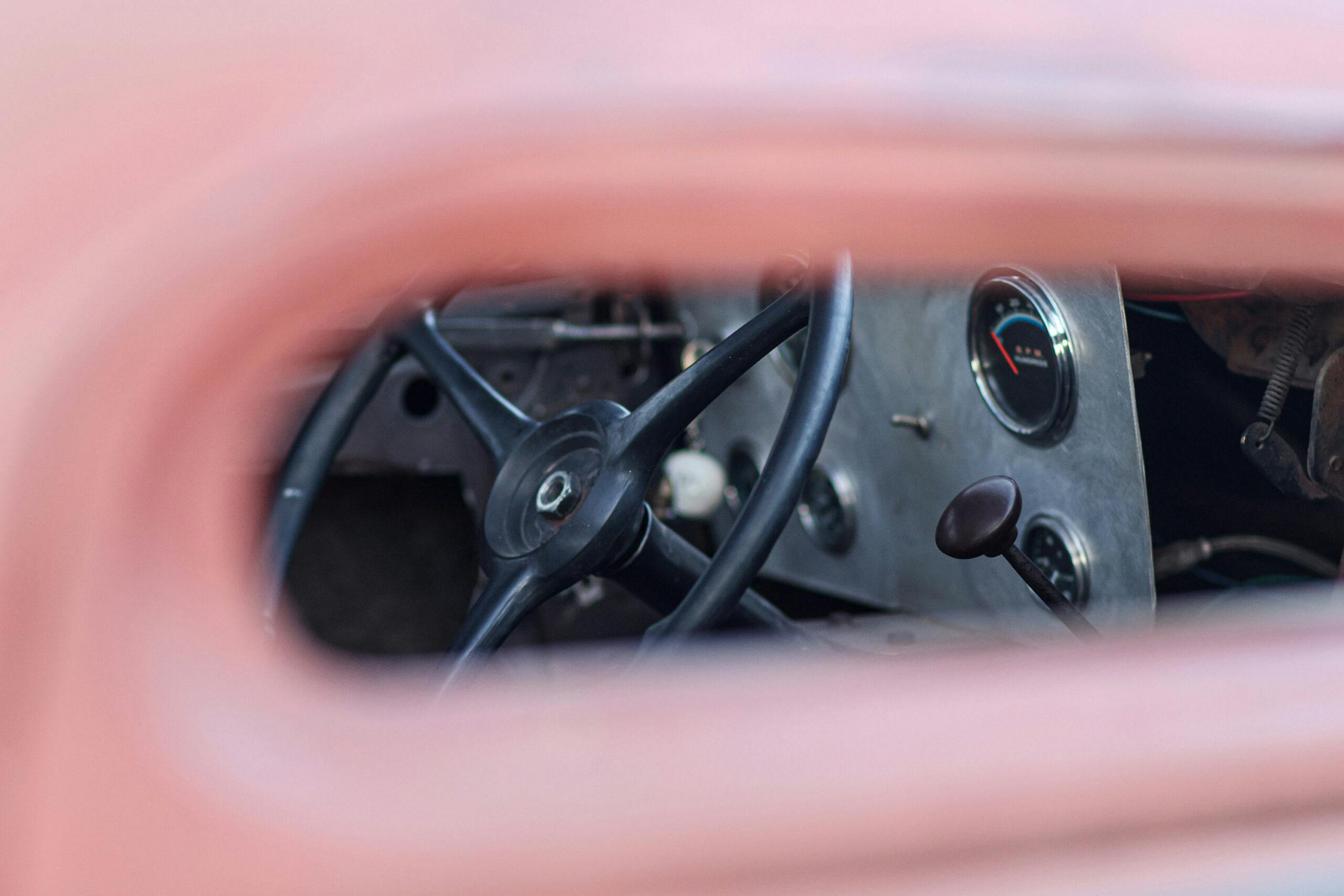

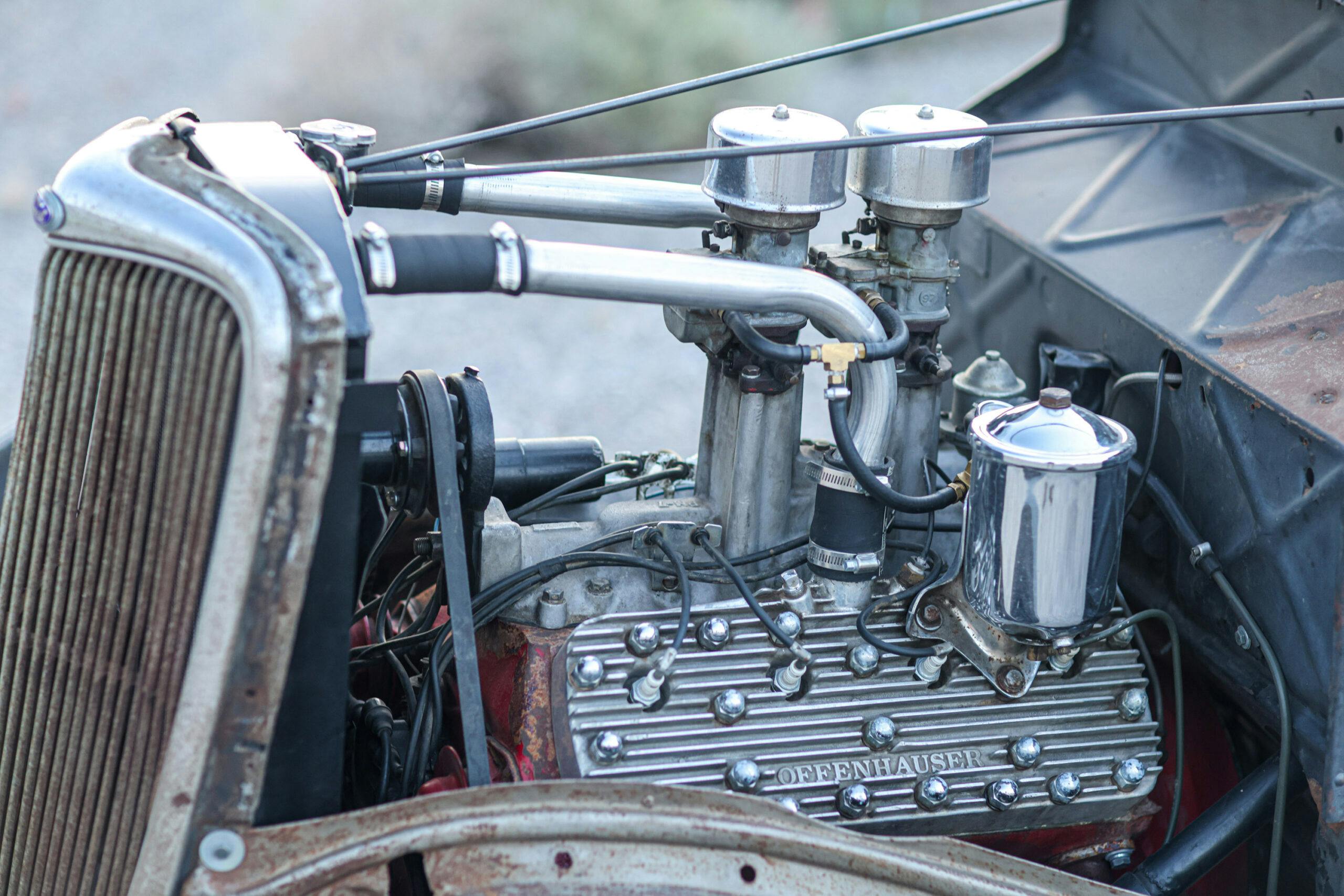
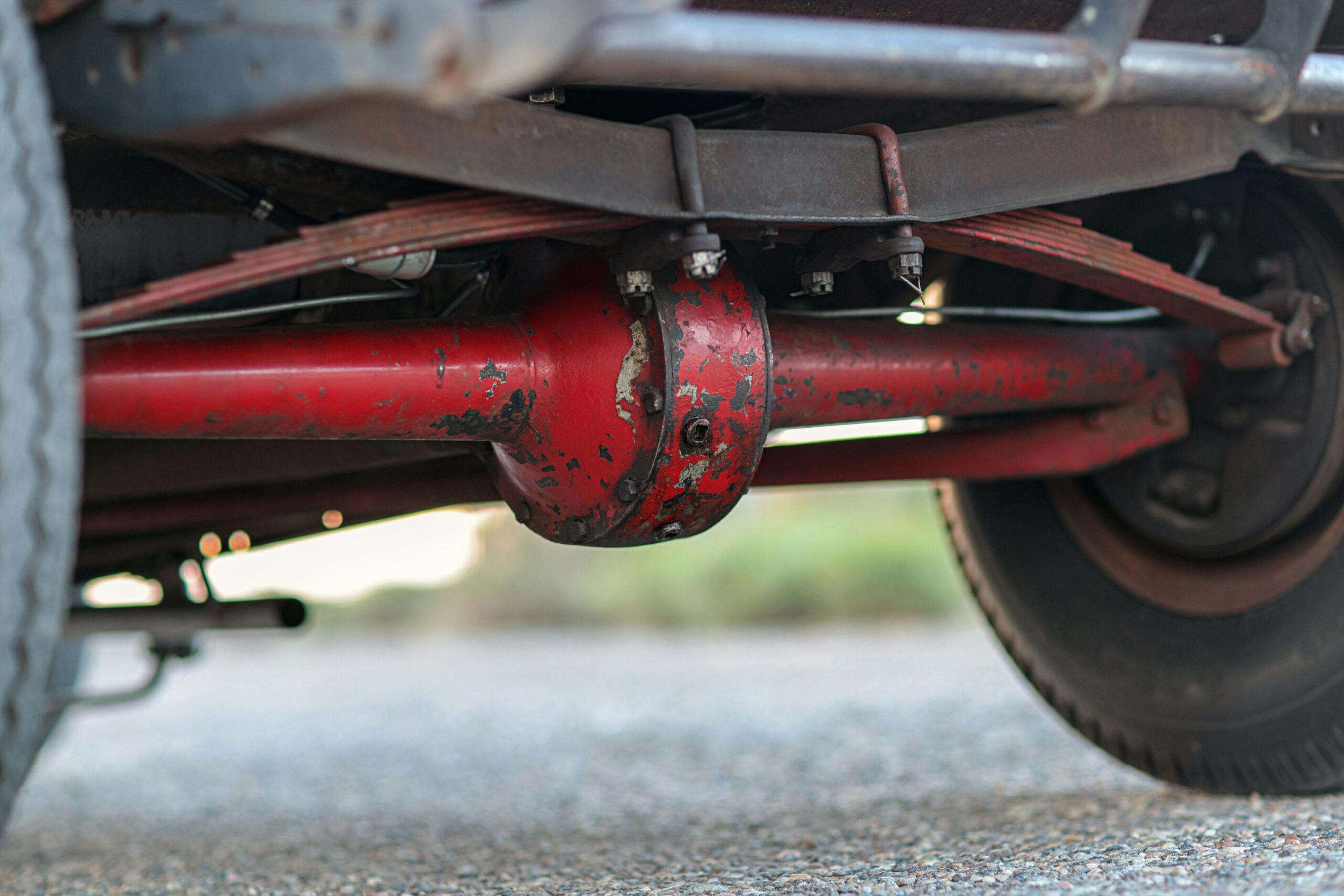
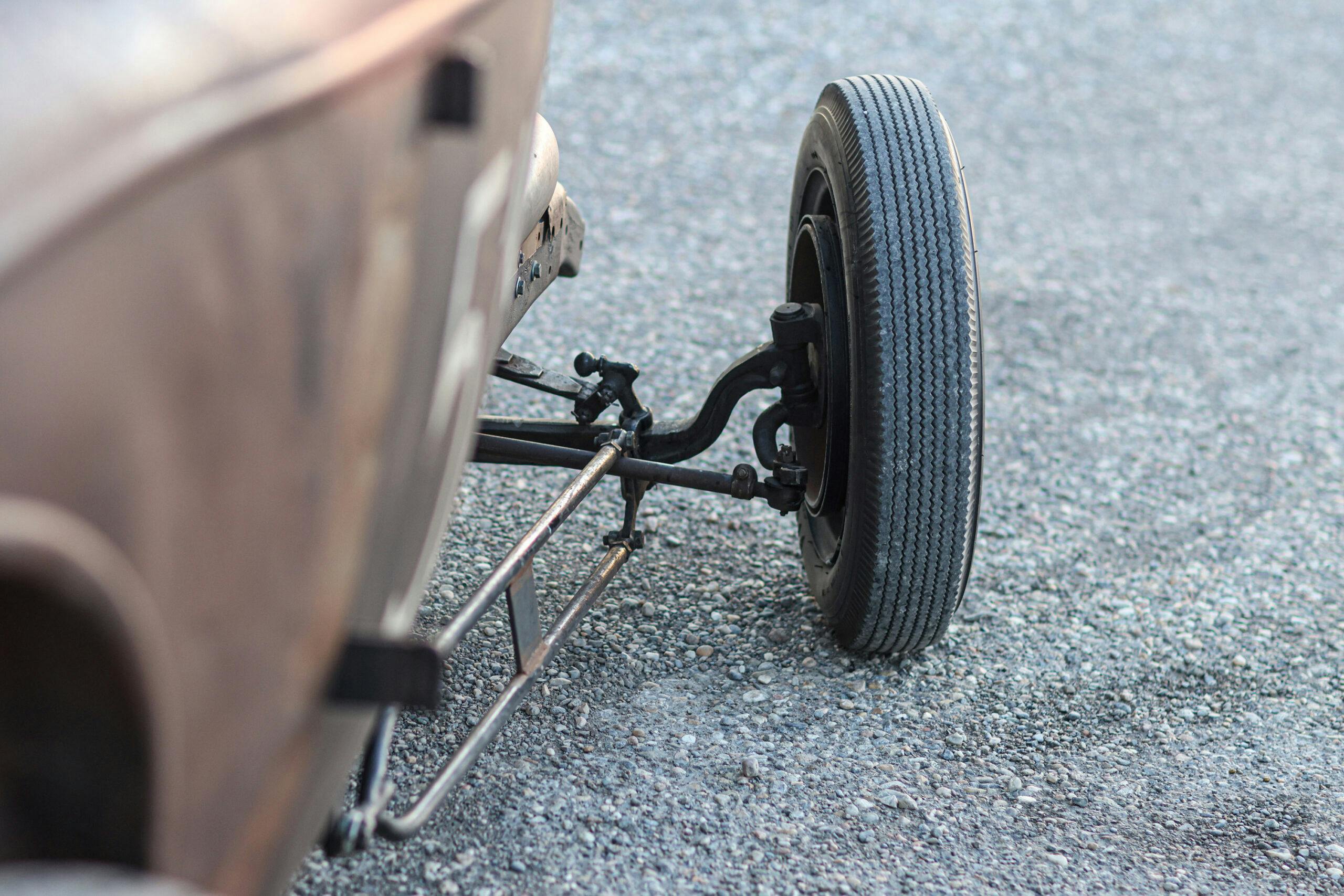
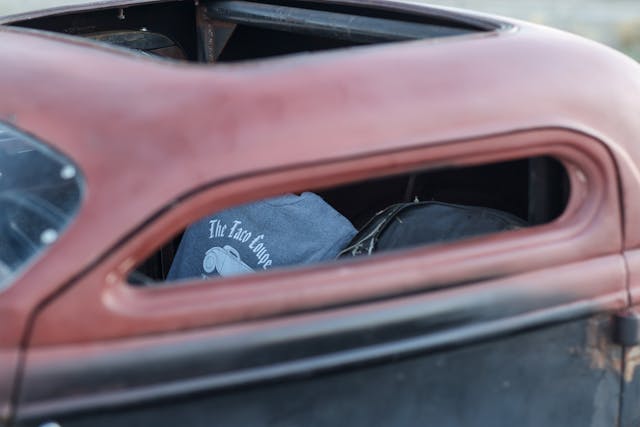
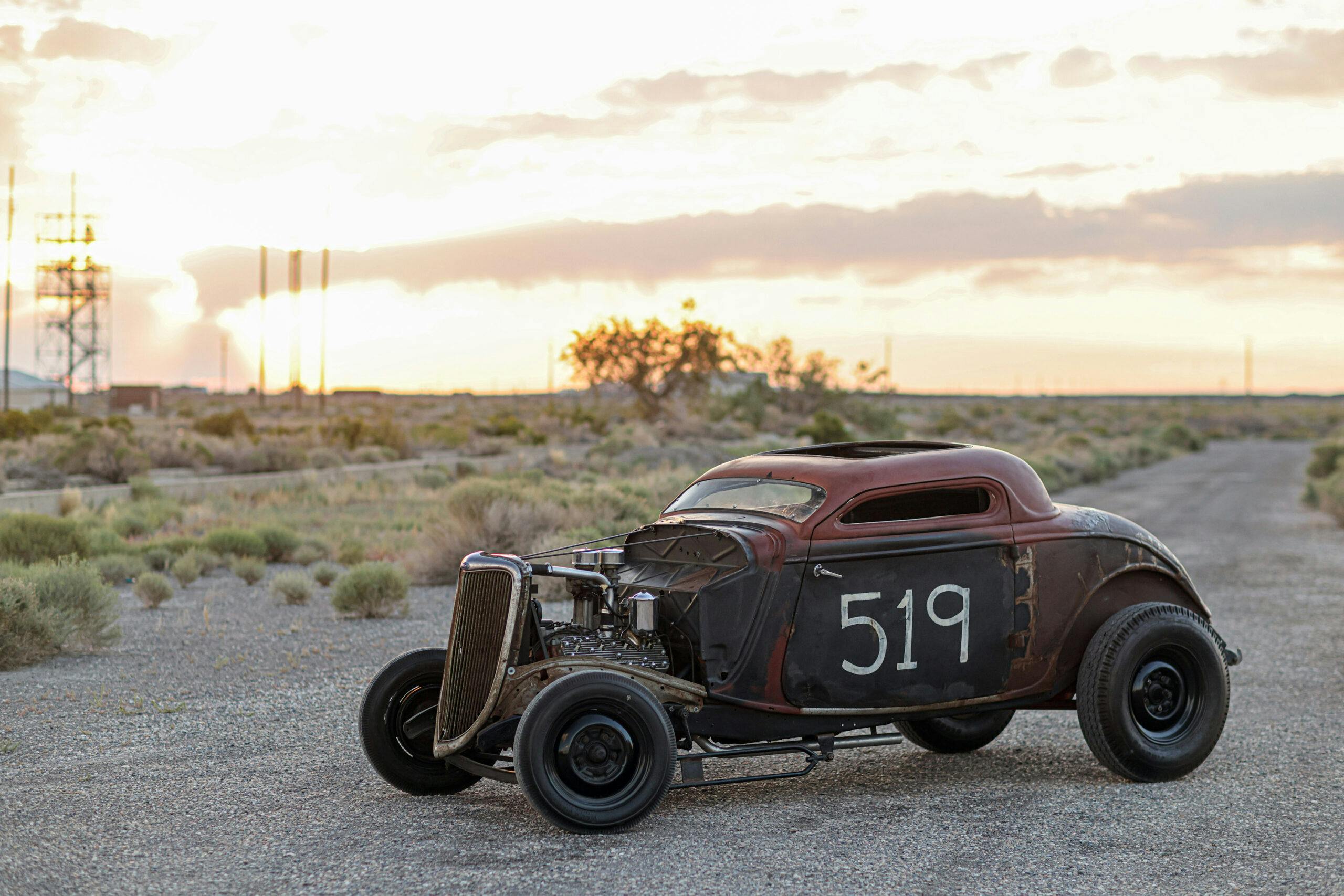
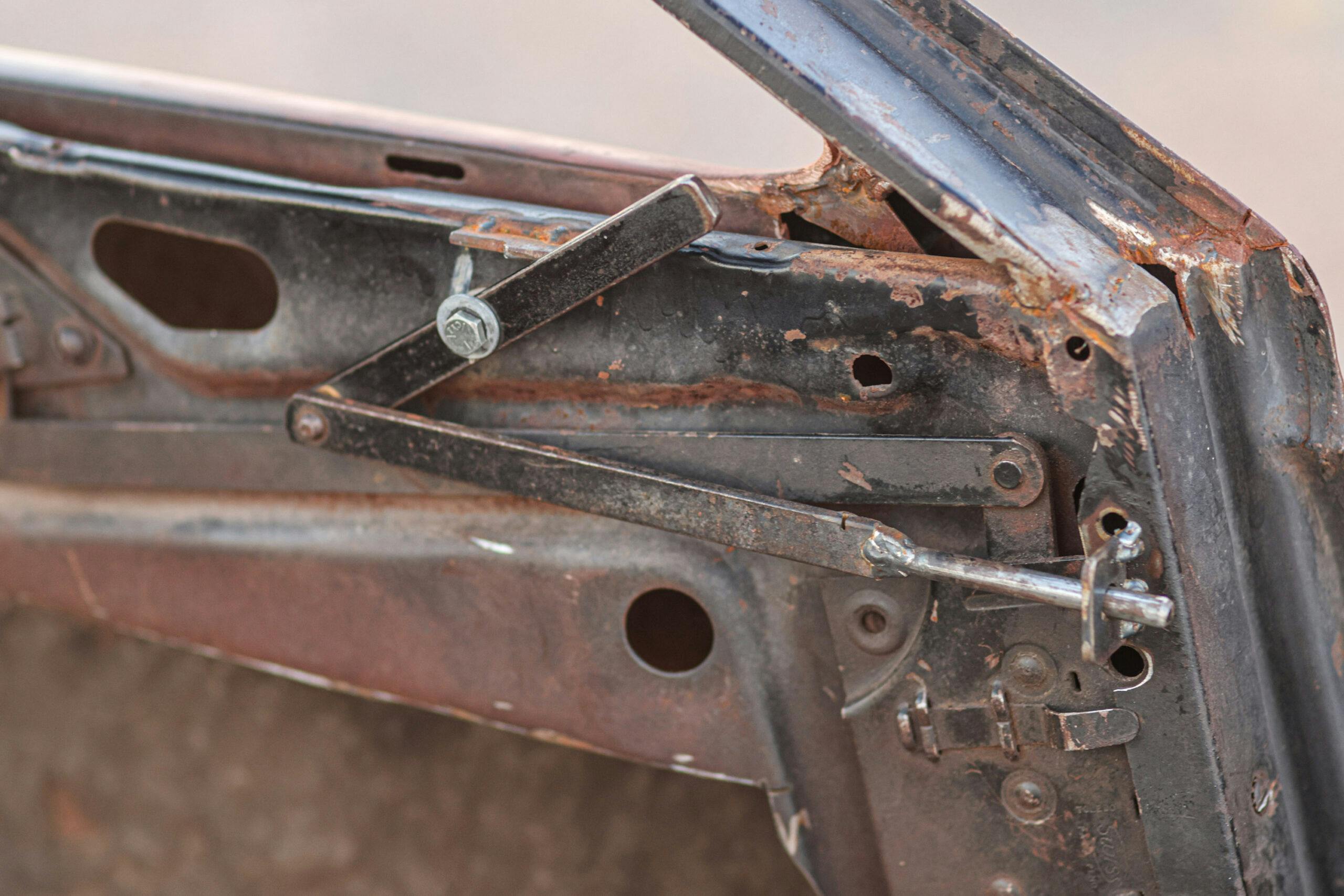

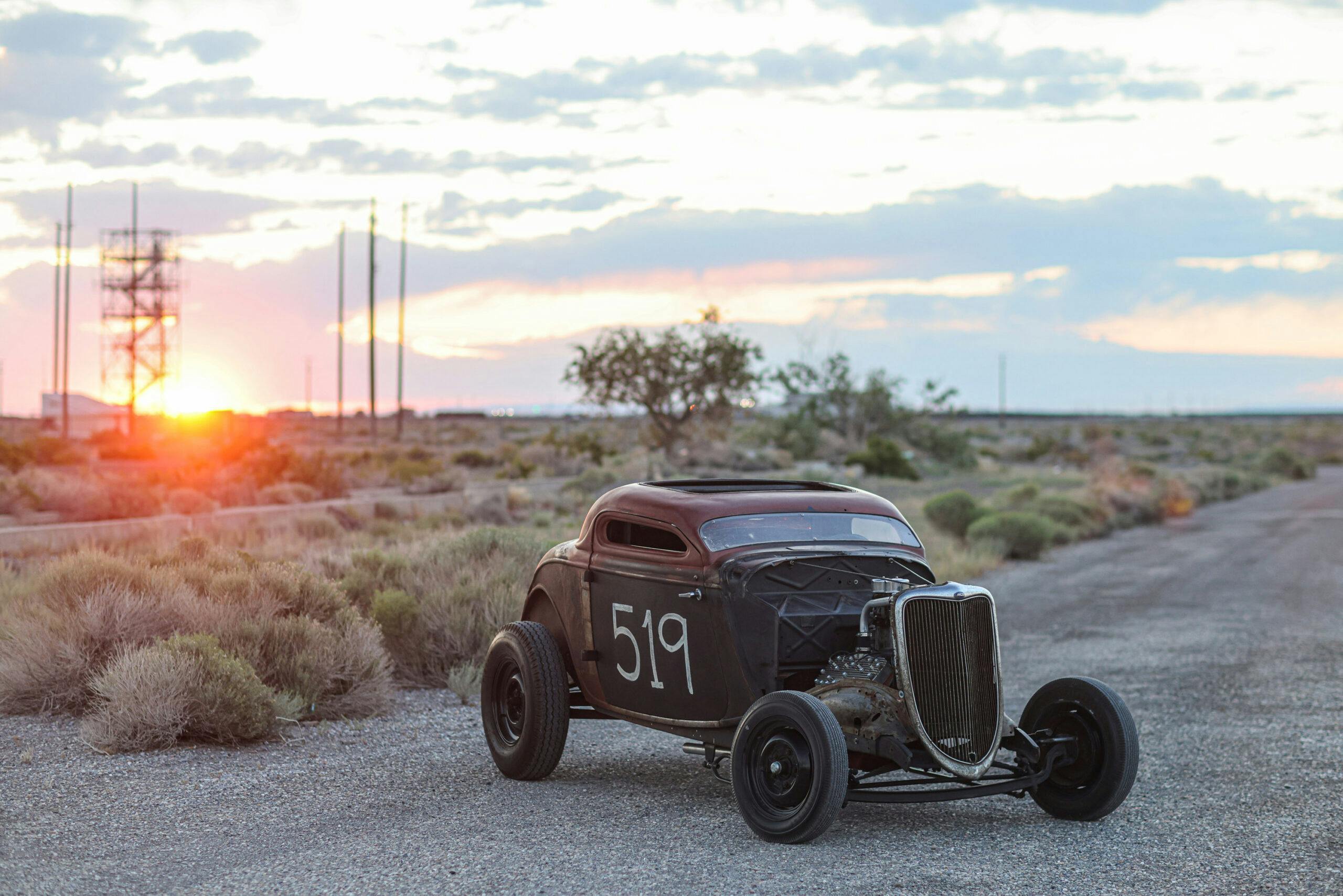













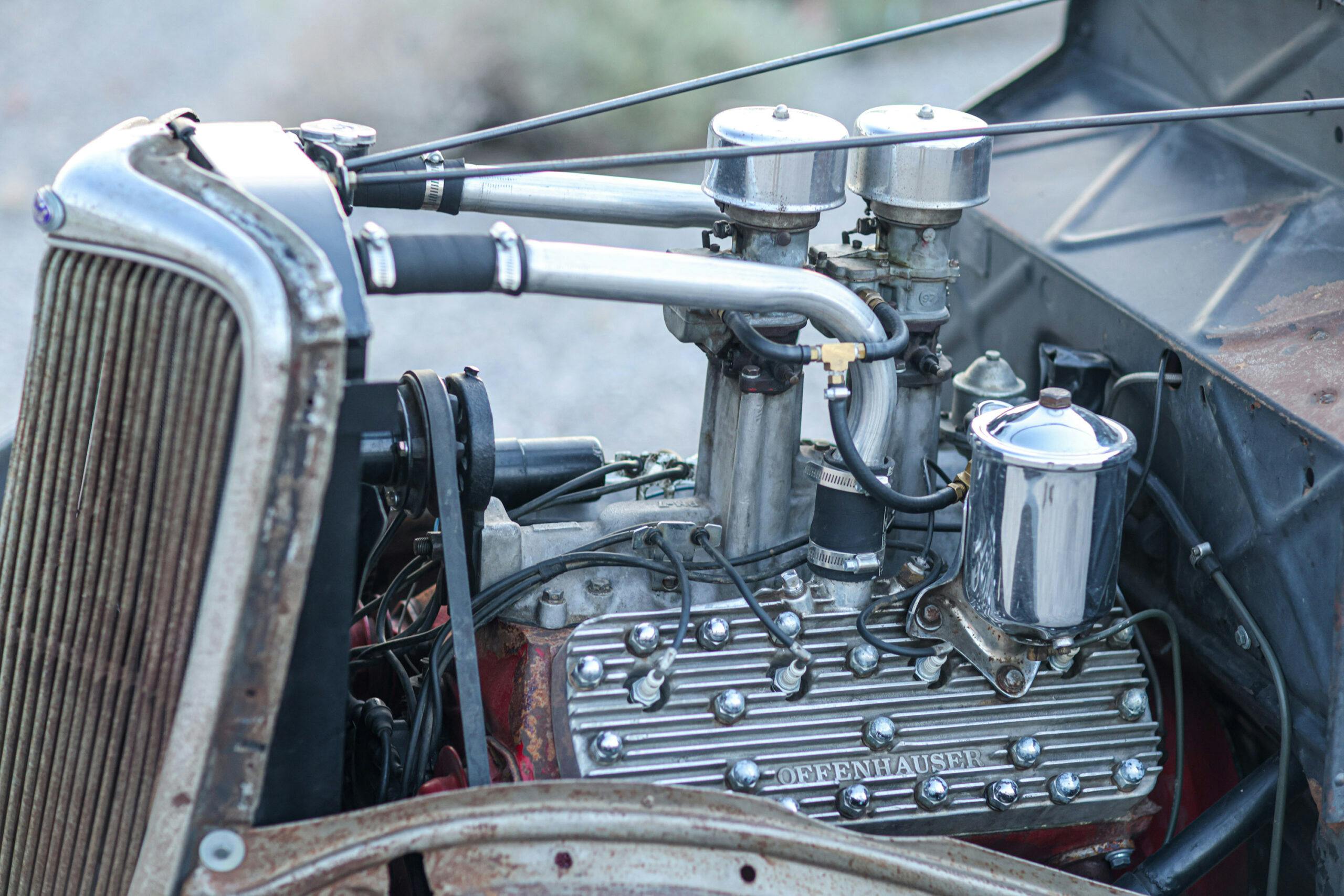




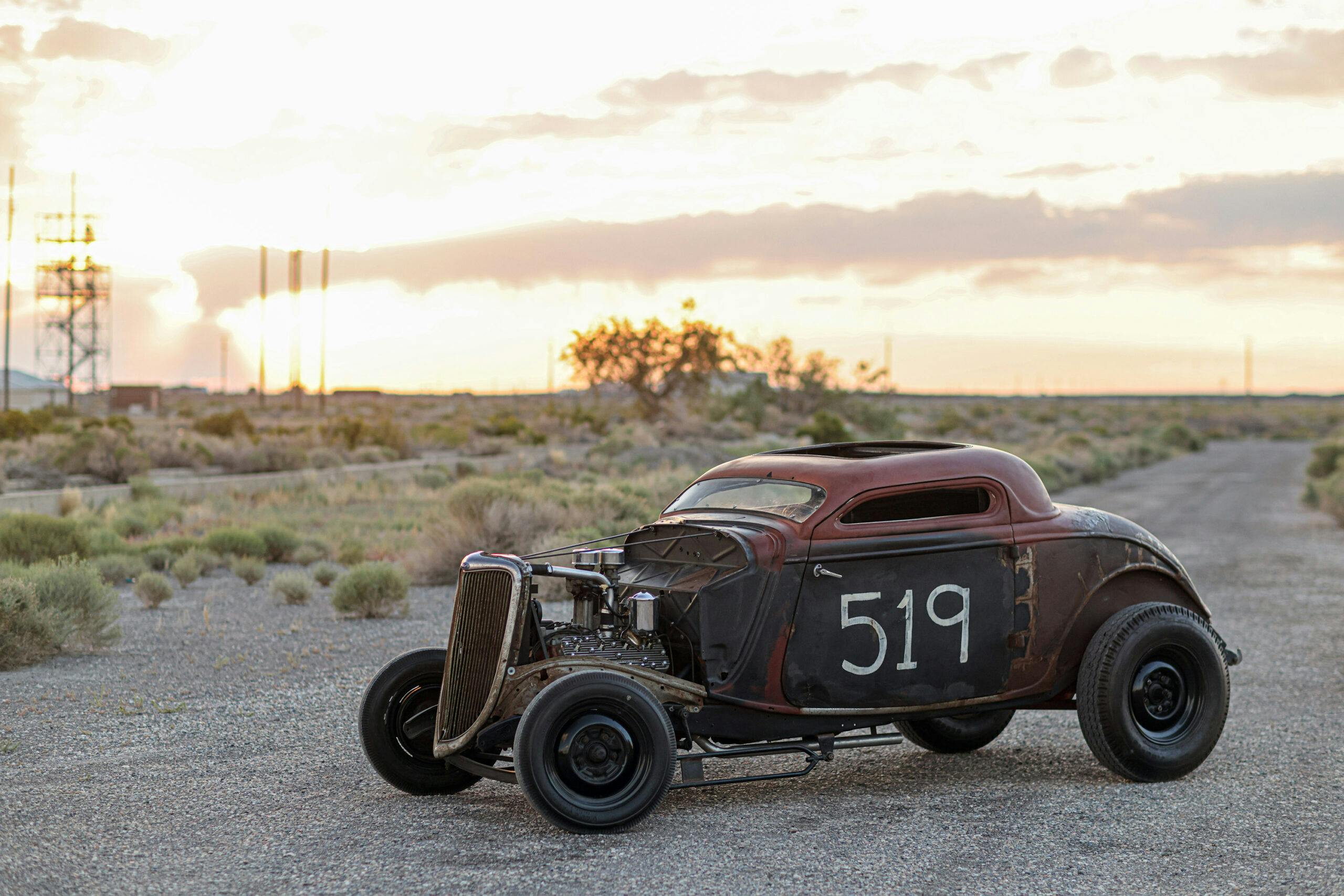


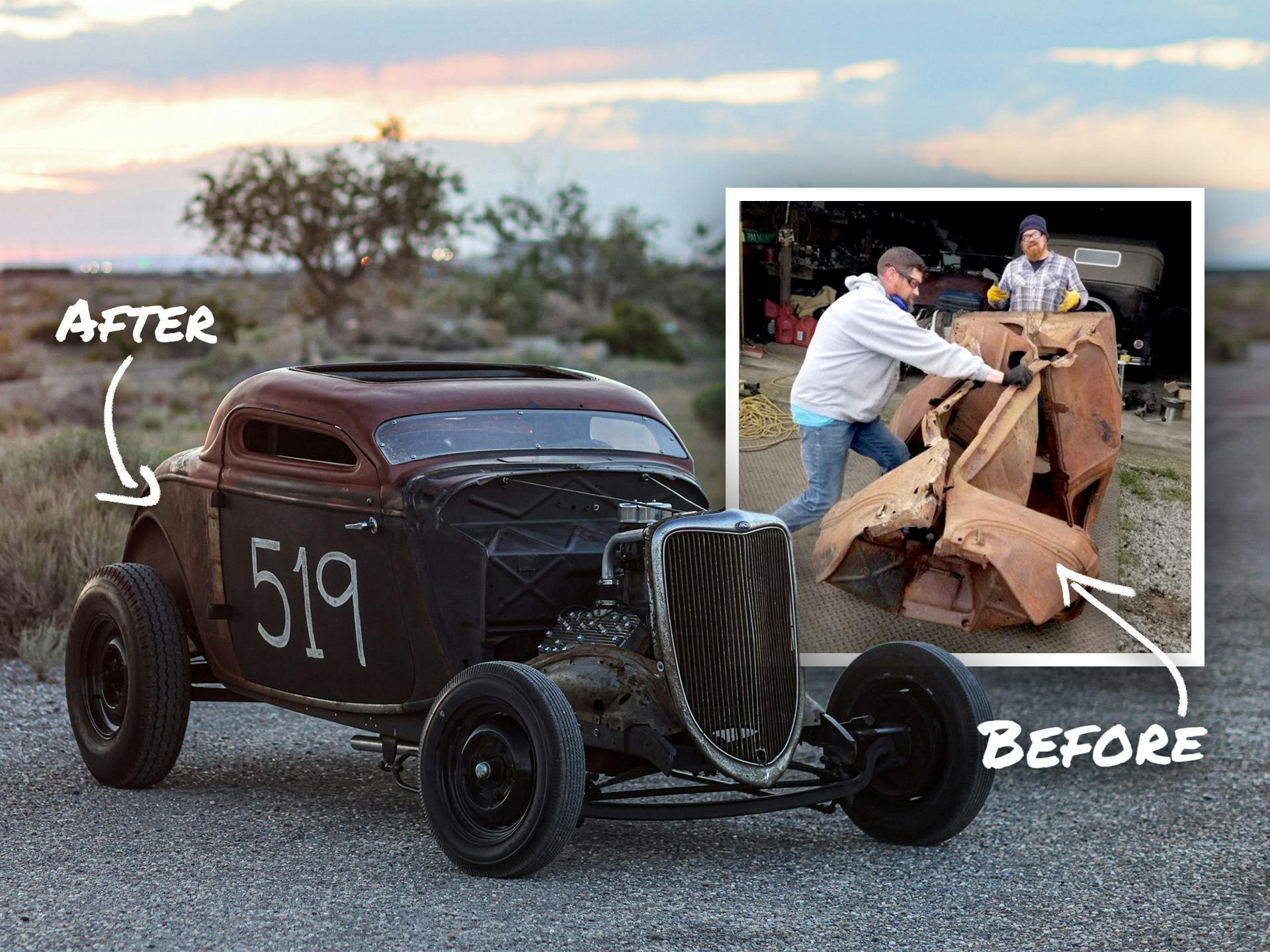
I have always lover the Pierson coupe and the So Cal Coupe. I had seen the Pierson in LA but never the So Cal. To my shock was when I found both with some other fames coupes on a green at a show in Canton Ohio about 15 years ago. Right here in my back year two of the greatest coupes of all time.
I like what the kids did but I would have finished it off. The Patina stuff is wearing thin now and it is time to finish cars again.
There’s still time to “finish” it, but considering the time frame they had it was a feat that it was not only driving but winning races!
“The Patina stuff is wearing thin” was a nice pun. But patina vehicles aren’t going away, ever. Starting as a kid in the 80s, before I knew what the word patina was, I have always enjoyed looking at cars like the ones in the article way more than the mint condition examples. And I think it’s great that some folks want to completely restore and finish vehicles, but I think it’s great that some folks are doing the rat rod, or patina, or whatever other automotive scene rocks their boat.
Working on a 54 Chevy PU in Patina right now and it is EXACTLY what I want.
I agree. Patina reflects the history of the car. I would suggest that patina takes skill if it isn’t real and some really over do the look to a silly extreme but in the case of a car like this where it is all real, it still has a great deal of appeal. Not to mention, you don’t have to spend a day at the show asking people not to touch the car.
hyperv6’s comments are wearing thin, IMO.
Long live patina love.
“Patina needs to be finished”
Um, don’t you realize it was a STEEL TACO???
High school kids and their teacher who bankrolled it’s resurrection…..
Your statement ignores the entire emphasis….
Very petty….
This is the stuff of dreams. I have a 32 frame in my garage, if anyone has a taco 32 body, I’m up for it ha. Well done shop teacher. Very well done. Those kids will remember this always probably
This was a great lesson for the kids, the teacher, and the town people who supported the project. As was said before, a lot of people will remember this project. Congratulations to all who participated one way or another.
This article made me feel real good for all of the people involved. A take-away is that there are many paths to education and this was a tribute to hands-on learning.
Good to see someone with these skills getting the next generation on board with the love and passion for this.
Is Eight Mile Racing a Detroit thing?
are the t-shirts still for sale?
No doubt. These are the kids you want to support.
What a car!
I second that question!
I’m with Bennett Ross, are the t-shirts still for sale?
The grille used is ’34.
What a GREAT story.
Skills learned when we’re young can be used throughout our lives. When I was 15 I purchased my dad’s shop truck, a ’61 Chevrolet Apache 20. It had been used hard from 1960-1968 and wasn’t in great shape. I couldn’t drive yet, so rolled the truck into our garage, rolled up my sleeves, and went to work. After getting the 261 straight six running well (a carburetor adjustment and tune-up was all it needed) I decided it was going to need more power. I found a 348 with tri-power for sale in the paper, bought it for $50.00, and soon was trying to put it in the truck. As I cut off motor mounts to install new ones, I found my skills weren’t that great. My dad welded the new motor mounts onto the frame as I was an especially un-talented welder (At 70, I’m still that). I adapted the 348 to the bellhousing and three-speed manual tranny, then found the 348 ran awful. Diving in again, new points, condenser, and rotor were installed in the distributor which had to be pulled out and reinstalled a few times to allow me to time the thing correctly. The engine ran better, but still not great. With help from Hot Rod Magazine and a few books, I synced the three carburetors pretty well and turned to other things, such as the dents and scratches in the body. After bondo, sanding, and rattle can paint, the white truck still didn’t look great. On the morning of my 16th birthday, there was no way I was going to school. Instead, my mom took me to the DMV and I passed my driver’s test in her station wagon, then happily went home with a paper temp license in hand. I immediately pulled the bench seat out of the Chevy and installed a Saddleman seat cover that my parents had given me for my birthday to cover the ripped-up OEM seat cover. I still remember pulling, stapling, unstapling, and pulling again to get the wrinkles out of the cover. After reinstalling the seat in the cab, it was evening, so I picked up two friends with my truck and we went exploring the dirt roads north of Cucamonga, California. As the Editor-in-Chief of two 4×4 magazines, I’ve gone on plenty of backcountry forays, but this very first one with my friends in my built-by-me Chevrolet pickup was one of the very best. One that I’ll never forget . . .
I got so nostalgic reading this story I just had to pen this comment. Unfortunately, it flowed so fast that I forgot paragraphs existed. Sorry, everyone.
No problem, it was a great read!!
Typoes make the reading much more interesting!
And typos in comments regarding “typoes” are the icing on the cake!!! Sorry, man. I couldn’t resist! Happy Motoring and Happy Holidays to all!
And a tip of the helmet to all the welders and fabricators out there. I learned to weld a few years out of high school and I never saw the inside of an unemployment office. I went from garbage hoppers to truck bodies to nuclear submarines at the Electric Boat yard in Groton, CT. before making it to Welding Engineer.
This is pure old skuul Roddin’ at its best. Sadly ,an era that has passed for most as High school shop classes are mostly extinct. I met Big daddy Ed Roth once and he said the “scene” died out when the Beatles hit the USA. He said after that no one wanted to go junkin in mosquito ridden junk yards pulling motors out of wrecked autos to build a cool car to get chicks. They all wanted to be rock stars and made bands to get girls. When I was young Big Daddy was My idol.
When I was 16, I wrote Big Daddy a letter full of nonsense. He was nice enough to write back. With me being in Tennessee, it was unlikely we would ever meet (and we never did), but he made a big fan out of me then.
Very cool story and good work by the students.
This is what “real” teachers do. The students were so fortunate to have this man in their live at a very crucial time.
Truer words have never been spoken, regardless of the era or the subject. Too bad none seem to be in Political Science at this time!
Amen!